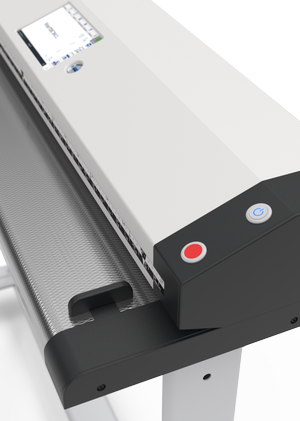

Use Dependency Graph to scan, inventory and identify all your project’s dependencies and related vulnerabilities through Advisory Database.
#Cis benchmark scanner software
You should consider additional controls such as access control, network isolation and endpoint security to minimize the impact if there is a malicious activity or vulnerability associated with the component.Īzure Guidance: For the GitHub platform, ensure the software supply chain security through the following capability or tools from GitHub Advanced Security or GitHub’s native feature: If closed source third-party components are used in your production environment, you may have limited visibility to its security posture.
#Cis benchmark scanner code
This may include source code local or upstream fix, feature exclusion and/or applying compensating controls if the direct mitigation is not available.

Application threat analysis (including STRIDE + questionnaire based method).If using a threat modeling tool is not applicable you should, at the minimum, use a questionnaire-based threat modeling process to identify the threats.Įnsure the threat modeling or analysis results are recorded and updated when there is a major security-impact change in your application or in the threat landscape. Ensure the threat modeling process includes the threat scenarios in the DevOps process, such as malicious code injection through an insecure artifacts repository with misconfigured access control policy. Use the STRIDE model to enumerate the threats from both internal and external and identify the controls applicable. Enumerate and design the controls that can mitigate the vulnerabilities identified.Īzure Guidance: Use threat modeling tools such as Microsoft threat modeling tool with Azure threat model template embedded to drive your threat modeling process.Identify the applicable security controls that can be used to mitigate the threats enumerated and identify any controls gaps (e.g., security vulnerabilities) that may require additional treatment plans.List the potential threats and attack vectors that your application components, data connections and upstream and downstream services may be exposed to.Ensure this analysis also includes the upstream and downstream connections outside of your application scope. Analyze application components, data connections and their relationship.Ensure these requirements are adequately addressed in the threat modeling. Define the security requirements of the application.

The threat modeling at least should include the following aspects:


 0 kommentar(er)
0 kommentar(er)
